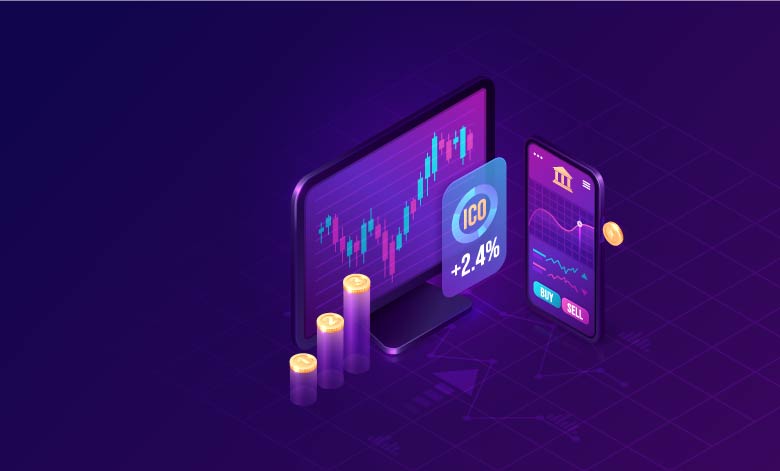With advances in big data, data science has become essential to the modern world. Python is one of the programming languages that has become increasingly popular in data science. It is a general programming language used in both backend and frontend development. However, it is popular in the backend development process of online applications.
The demand for Python developers has increased worldwide. It is imperative to have efficient coding skills in this programming language through a Python course to build a lucrative career as a developer. In this blog, we will explore the various aspects of Python in data science, from its introduction to understanding Python IDLE and the use of Python language and libraries for data science.
Table of Content
- Introduction to Python in Data Science
- Understanding Python IDLE
- Why Use Python
- Examples of Python Libraries
- Why Python Syntax Is Better Than Other Programming Languages
- Conclusion
Introduction to Python in Data Science
Python is an open-source programming language. Since being first released in 1991, its development over the last two decades has received contributions from developers and testers worldwide. It is used widely in data science and its related applications.
Data science is mostly about handling big data. Managing data science-related tasks involves gathering data sets to gain insight, interpret them, and make informed business decisions.
Developers, data analysts, and data scientists use Python to perform data science-related tasks.
Python has a wide range of applications in data science, such as:
- Machine learning
- Data analysis
- Natural language processing (NLP)
- Data visualization
- Deep learning
- Image Processing
- Computer Vision
Understanding Python IDLE
Python IDLE is an Integrated Development Environment (IDE). It provides an interactive development environment for developers to build and run Python code. An in-built editor in Python IDLE can create and modify Python scripts. It is a popular choice for data science projects due to its user-friendly interface and intuitive commands.
Some of the main features of Python IDLE are:
1. Syntax Highlighting
This feature in the Python IDE helps to identify and distinguish different elements of the code by color-coding different keywords, variables, classes, functions, and other syntax elements. This makes it easier to read and understand the code.
2. Autocompletion of Code Lines
Autocompletion in Python IDLE is a feature that helps the user quickly finish typing a line of code. As the user types a code line, the IDE will suggest possible completions of the line based on the context of the code. This makes coding faster and more intuitive by eliminating the need to type out entire lines of code manually.
3. Smart Indent
Code indent refers to the spaces at the beginning of the code line. In Python, the indentation of code is crucial because it uses indent to mark and read a block of code. Python IDLE has a smart indent feature. It automatically indents code blocks and lines. It uses the syntax of the code to determine when to begin and end an indent in the code lines.
4. Debugging
It allows users to find and fix errors in their code. It highlights the code line where the error has occurred and offers suggestions on how to fix the error. With the help of the debugging feature of the Python IDE, a developer can run their code line by line and examine the output. This makes debugging easier and more efficient at every stage of writing the code.
5. Interactive Console
The interactive console allows developers to execute their code in real time. It provides a command-line interface to run the code and get the output. This feature is helpful for developers to quickly test and debug their code without the need to compile and run the code.
Why Use Python
Python has become one of the most popular programming languages for data science due to its user-friendly syntax, ability to handle large datasets, and powerful data analysis capabilities.
Here are a few uses of the Python programming language in general:
- Multi-Functional: Python is used for a variety of tasks in data science, such as data manipulation, visualization, machine learning, and predictive analytics.
- Server-side Development: Python enables the creation of web applications on a server by providing a framework with libraries.
- Integration with Databases: Data scientists can easily interface with database systems while coding in Python.
- Perform Complex Analysis: It can handle large amounts of data efficiently because it performs complex mathematical analyses.
- Rapid Prototyping: Python is a good choice for fast and smooth prototyping. It means a block of code or the entire code can be executed as soon as it is written.
- Compatibility with OS: Python is compatible with many operating systems, including Windows, Mac, Linux, etc.
- Automatic Code Suggestion: Since it is an open-source and intuitive language, it makes it easy for developers to get predictive suggestions when writing code.
- Comprehensible Syntax: The code syntax in Python is similar to the English language, so it is easily comprehensible.
- Simple Code Indent: Python can simply end a block of code or command by using a new line instead of relying on semicolons or parentheses as other programming languages do.
Examples of Python Libraries
A Python library is a pre-written code. It allows developers to use specific classes, programs, and functions within their code. Python libraries make data science work more convenient. Some popular examples of Python libraries are:
- Pandas: This library handles structured data operations, such as importing CSV files, creating data frames, and preparing data.
- Matplotlib: It allows developers to perform data visualizations and create graphs, charts, histograms, and other visualizations to help them analyze data.
- Numpy: It is a library that implements mathematical operations. It supports linear algebra, Fourier transforms, and an N-dimensional array object.
- SciPy: It is an open-source Python library. It is meant for performing scientific computing, which includes modules for linear algebra, integration, optimization, signal processing, and more.
Conclusion
Python is a versatile tool for data science. With Python, data scientists can easily access and analyze data, generate visualizations, and build predictive models. It is a worthwhile investment to learn Python coding skills. If you want to hone your skills in data science, start by learning the basics of the language and its libraries.





